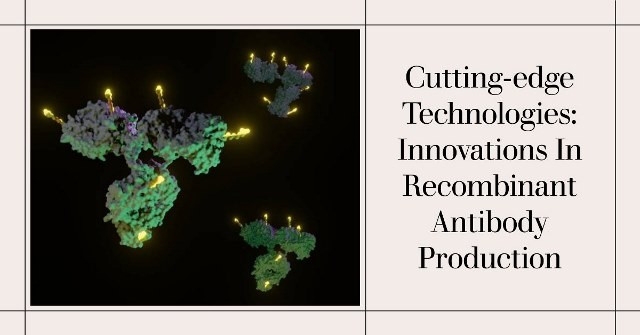Cutting-edge Technologies: Innovations in Recombinant Antibody Production
Aug 31st 2023
Antibodies are released by mature B cells and travel in circulation; they form the cornerstone of current biopharmaceuticals because they respond with antigens with excellent specificity and affinity. Five distinct kinds of antibodies circulate in the bloodstream, distinguished chiefly by the chemical composition of their heavy chain.
The most common type of circulatory antibody is immunoglobulin G (IgG), which can be further divided based on the arrangement of its constant region and the measurement of its hinge region.
Although immunology and antibodies were already known since the 1700s, science began to flourish exponentially in 1975 when hybridoma technology became available. Since then, various anti-cancer, anti-infectious, and anti-autoimmune antibodies have been developed and deployed. To this day, over 135 antibody therapies have been licensed or are undergoing regulatory assessment. Several of these drugs are currently ranked among the top 10 regarding their anticipated global sales for 2019.
Given their valuable nature, research and development teams worldwide are always underway to improve recombinant antibody production methods.
This post covered the leading innovations in recombinant antibody production and how they impact the entire industry.
Let's begin
What are Recombinant Antibodies?
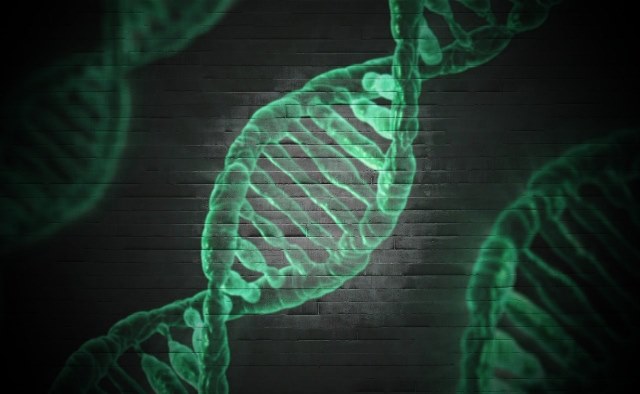
Recombinant antibodies, often known as rAbs, are monoclonal antibodies that are produced in vitro with the use of synthetic genes. Traditional methods for creating monoclonal antibodies (mAbs) rely on animal hybridomas. However, rAbs can be made without either hybridomas or animals.
The manufacturing of custom antibodies and the engineering of antibodies constitute essential techniques, particularly in drug development. They provide potent and selective treatments as well as diagnostic and prognostic elements for a variety of conditions.
Both mAb and recombinant antibodies are excellent remedies for a variety of medical conditions, such as autoimmune disorders, cancer, and a wide range of other disorders. They can be employed for studies in biomedical science and toxicology. The immune system secretes antibodies to defend against harmful pathogens.
They may target and neutralize these intruders by binding precisely to them. In recent decades, scientists have made great strides toward engineering and mass-producing therapeutic antibodies.
While monoclonal antibodies have become one of the most widely utilized instruments in biomedical science and medicine owing to their capacity to bind and nullify or eliminate cell-specific antigens, the ascites technique used for manufacture causes substantial distress and suffering to the animals involved in the procedure.
The following types of recombinant antibodies are the most prevalent in their respective formats: fragmented antibodies, chimeric antibodies, antibody fusion proteins, and bi-specific antibodies.
A Typical Antibody Expression Method
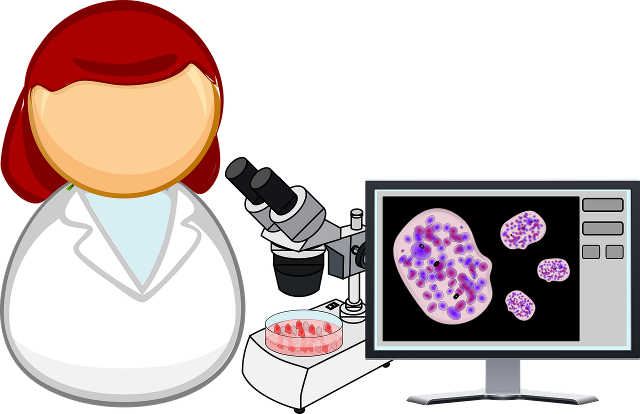
The introduction of hybridoma technology by César Milstein and Georges Köhler in 1975 was a significant early step in the evolution of antibody engineering. This made it possible to produce monoclonal antibodies (mAbs) by combining a B cell, which generates just one kind of antibody, with a myeloma cell, which may divide without limit.
This allowed for the mass production of targeted antibodies. Myeloma cell lines (often from mice or rats) and hybridomas' potential low yield or genetic instability hampered early mAb manufacturing.
Over the past two decades, recombinant antibodies have grown faster than any other class of therapeutic proteins, making them invaluable as research tools and diagnostic detection probes. In vitro selection technologies, especially phage display, have considerably sped up the process of antibody production.
Using this approach, antibody genes are extracted from source cells, amplified, cloned onto a suitable phage vector, then introduced into a host (bacteria, yeast, or mammalian cell lines) to express sufficient functional antibody levels.
This allowed for the mass production of targeted antibodies.
Any animal that makes antibodies can construct recombinant antibodies as long as the right oligonucleotide primers or hybridization probes are present. Since it is feasible to change the antibody genes, it is also practical to produce new antibodies and antibody pieces (Fab fragments and scFv) in a lab. Then, after making such modifications to the antibody's sequence, the display libraries can be evaluated to choose the desired properties.
What criteria do you use to determine which animals have the antibody of interest? It is possible to do this using a method known as panning. One of the most straightforward panning methods is modifying the standard ELISA protocol. You combine the antibody library with a solid-state immobilized target during incubation.
Washing eliminates any phage that has not been precisely bound, and then the bound phages are eluted and expanded by infecting E. coli cells. The procedure is repeated three to four times to single out the phages exhibiting antibodies with the highest affinity and stability.
The chosen antibodies' genes are analyzed and put through "affinity maturation." After identifying the most promising antibodies' genes, a suitable expression system can be used to mass-produce those antibodies, minimizing custom antibody production costs.
Varying Techniques And Hosts
Different recombinant production techniques have been established for many organisms, including transgenic plants and animals, yeasts, filamentous fungi, insect cell lines, and Gram-positive and -positive bacteria. To avoid the potential of immunogenicity due to changed, non-human glycosylation patterns, practically all therapeutic antibodies are still generated in mammalian cell lines.
On the other hand, breakthroughs in glycosylation-engineered yeast, insect cell lines, and transgenic plants show promise for obtaining antibodies with "human-like" modifications after translation. Bispecific antibodies, which target two different antigens, are among the antibody fragments that have been made to clinical trials thanks to the ease with which they may be manufactured in bacteria without glycosylation.
In the near years, it is anticipated that therapeutic antibody products derived from a source other than mammalian will become available. Below are some examples of innovations leading the way in this area of antibody production
Emerging Technologies in Recombinant Antibody Production
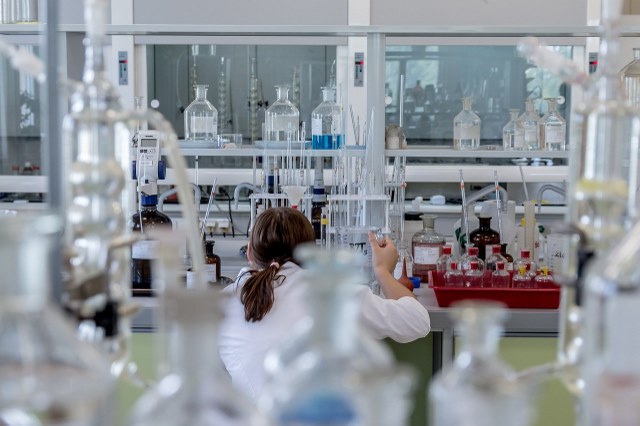
Transient Antibody Production
The manufacture of transient antibodies is well suited for production on a small-scale during antibody screening. It enables production to be quick and parallelized, and it does so without generating producer cell lines. Additionally, the synthesis of transitory antibodies in mammalian cells is scalable to the point where it can manufacture even grams of antibodies.
In contrast to steady cell culture, transient transfection is characterized by its temporary nature. In transient transfection, a transfection reagent introduces a DNA plasmid containing the desired gene into the host cells (typically HEK293 cells or CHO cells) through the cell membrane and into the nucleus. Since the integration efficiency of the DNA plasmid is relatively poor, the bulk of the transfected
DNA stays in the cells without integrating into the chromosome. As a result, gene expression rapidly declines as cells divide and DNA degrades. A cell line that has been genetically modified can keep a set amount of DNA copies for 6-12 days.
Transient transfection is highly recommended for the rapid and high-throughput manufacture of antibodies and proteins on a small scale since it eliminates the need for the time-consuming and expensive establishment of stable cell lines. This is one of the advantages of transient transfection.
Transient HEK293 cell production
For gene expression in HEK293 cells, a transfection reagent is used to transiently introduce large amounts of DNA plasmids carrying the target gene desired into the host HEK293 cells.
CHO Cell Transient Production
Using an effective transfection reagent, CHO cells are transiently transfected with vast amounts of DNA plasmids containing the target gene. The efficacy of transfection in regular CHO cells is inferior. The transfection efficiency of the improved CHO cells is higher, and they can store a fixed quantity of DNA duplicates for a maximum of 6-12 days.
Nucleosome-Based Production of Antibodies
Human antibody treatments have been made possible using animal-derived antibody sources, most notably transgenic mice modified with human immunoglobulin loci and cutting-edge antibody generation technology platforms.
For instance, microfluidics and next-generation sequencing have emerged as essential techniques for discovering and producing monoclonal antibodies (mAbs), as has the separation of antigen-specific B cells. Understanding B cell biology, immunological mechanisms, and the immunogenetics of antibodies are all facilitated by these technologies, promoting antibody drug discovery.
High-throughput Platforms
It has been demonstrated that the high-throughput antibody expression system is robust and functional at synthesizing various forms of antibodies. During this procedure step, primers are developed to correspond with the antibody sequences obtained from customers, and then these designs are placed via high-throughput vector synthesis.
Following the transfection of vectors into a shaker flask containing HEK293 cell lines, the vectors undergo purification in a single step by employing an affinity column. In most cases, leading recombinant antibody production services and peptide production services can obtain up to 90 percent purity with this procedure.
The antibodies that arise are then functionally verified, and the ones with the appropriate functions are chosen for large-scale manufacture.
DNA-based Immunization
Animal-based mAb production has advanced significantly thanks to DNA-based immunization, which has emerged as a robust technical platform. Additionally, mRNA immunization has been developed and validated with the help of animal models, which has helped advance COVID-19 vaccines.
Using vaccination technologies like VelocImmune® (Regeneron) and convalescent blood samples, researchers have found several human monoclonal antibodies (mAbs) inhibiting SARS-CoV-2 and are now in clinical testing.
Therefore, strategies that rely on immunization and developing and introducing new technologies will ultimately contribute to the rapid discovery and synthesis of mAbs for use in therapies and other purposes.
Immunization-based antibody synthesis will remain an effective approach that may supplement and coexist with in vitro and silico techniques because our understanding of full immunogenetic diversity and other traits necessary for establishing large, widespread in vitro libraries is still preliminary and unproven. Future antibody discovery strategies may combine in vivo, in vitro, and in silico approaches, which would be a huge step forward in the field.
AI-driven Recombinant Antibody Humanization
Besides the obvious advantage of being able to mass-produce high-quality antibodies, recombinant antibody production has the added benefits of allowing for the generation of novel antibody derivatives and products, like bispecific antibodies (bsAbs) and Fc-fusion proteins, and for optimizing antibody structure through the introduction of modifications into antibody genes to enhance antibodies' efficacy.
Bispecific antibodies (BsAbs) are engineered to attach to two separate antigens or epitopes simultaneously, and they have several potential uses. Fc-fusion proteins, which consist of the Fc region of an IgG antibody coupled to another protein, exhibit enhanced biological and pharmacological capabilities.
These connected proteins comprise active peptides, receptor extracellular domains, cytokines, and enzymes. Integrating a biologically functional protein with Fc takes place for several reasons, the most important being that the Fc domain helps extend the protein's plasma half-life.
Researchers can obtain a range of service packages from antibody manufacturers tailored to the specific requirements of research and drug discovery, owing to their vast experience in producing recombinant antibodies in many formats.
HAMA
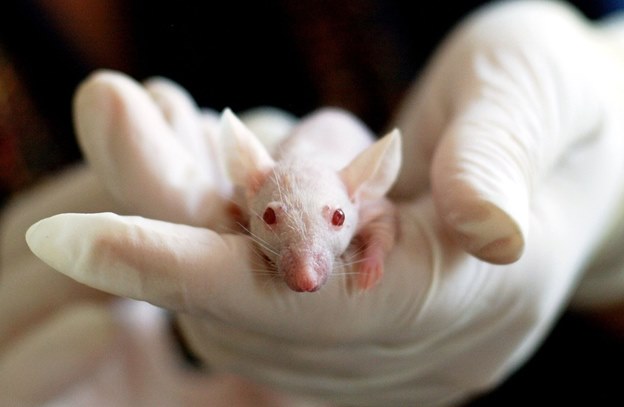
But in terms of innovations, humanizing antibodies are an essential tool for improving antibody performance, explaining why humanized antibodies a vital class of therapeutic antibodies are. The human anti-mouse antibody (HAMA) response typically makes it hard for mouse mAbs to be used on humans.
This is because it negates the therapeutic antibodies, making patients allergic. The specificity and affinity of mouse monoclonal antibodies (mAbs) can be preserved while reducing their heterologous character using the method of genetic engineering. Humanized antibodies also make mAbs safer and help them work better as treatments in clinical settings.
Through the use of computer-aided molecular modeling and complementarity-determining region (CDR) grafting technology, manufacturers can offer mAb humanization services of an exceptionally high standard.
More optimization methods are evolving as the antibody engineering and production field expands. Artificial intelligence (AI)-driven affinity maturation conducted in silico, for example, can be used to improve antibody binding to antigen without resorting to in vivo affinity maturation, which necessitates the use of animals.
Conclusion
In a nutshell, the in vivo employing of animals or human patients as research subjects might give rise to ethical obstacles in any field of modern biomedical scientific study. Animal-free antibody universal libraries aren't ready to replace animal vaccination yet because they aren't well-defined or have been around long enough.
At this point, they exist only as idealistic alternatives to existing techniques. On the other hand, the academic and biopharmaceutical research sectors have been making a significant and determined effort to improve antibody production techniques.
Biomatik is an industry leader in antibody sequencing, engineering, and recombinant expression. Our certified antibody manufacturing plant produces various designed and recombinant antibodies engineered to high standards.
We have the know-how, experience, and infrastructure to fulfill the increasing need for recombinant antibody technology because we leverage our expertise to create a distinctive recombinant reagents catalog and offer custom antibody services to clientele worldwide.

